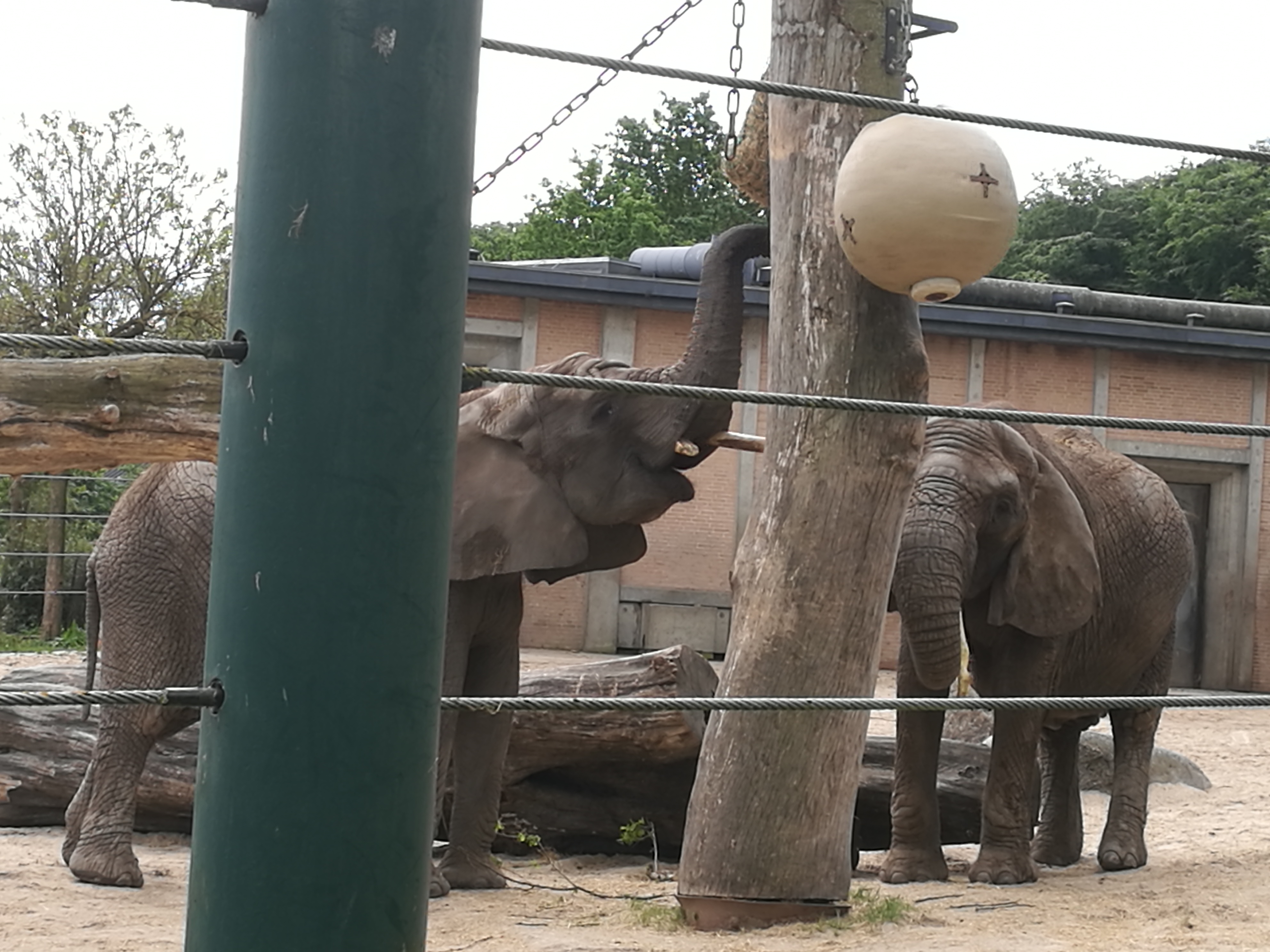The traditional way of learning a new skill is first to learn about it then try it out. This approach applies to learning how to drive, how to play various games, how to use a computer. Of course, there are exceptions, and the 5 Minute Perseverance Game was such an exception for me.
After having played it for more than a year, I am still learning about it. I have discovered recently that there is some fundamental wisdom to why it is working.
One of these pearls of wisdom known for a long time is Kaizen.
Here are some definitions of Kaizen:
- “Japanese term for a gradual approach to ever higher standards in quality enhancement and waste reduction, through small but continual improvements involving everyone from the chief executive to the lowest level workers. Popularized by Masaaki Imai in his books ‘Kaizen: The Key To Japan’s Competitive Success.’” *
- “Kaizen (改善?), is the Japanese word for “continual improvement.” In business, kaizen refers to activities that continuously improve all functions and involve all employees from the CEO to the assembly line workers. It also applies to processes, such as purchasing and logistics, that cross organizational boundaries into the supply chain. It has been applied in healthcare, psychotherapy, life-coaching, government, banking, and other industries.” **
I didn’t know about kaizen when I first played the game, which I would later call the 5 Minute Perseverance Game. In fact, I wasn’t searching for it to understand why the game was so much fun for me. I just played it and had fun.
An activity that always been fun to me since my school and university years is reading. So it was reading, or rather a curiosity about a book that did the trick.
I lived in Denmark (as I also do today) and was about to start a project for a big Danish company on behalf of another Danish company. So when I heard of a seminar called “Danish Workplace Culture,” I immediately wanted to attend it. The workshop was fun, valuable, and eye-opening in many respects. The seminar instructor reminded me of a book, of which I’ve heard previously but forgot to check it out. The anecdotes the instructor shared from the book ignited my interest to such an extent that I checked on the book as soon as I was back home that day. I downloaded a sample, and a short time later, I bought it.
The book is “The Year of Living Danishly: Uncovering the Secrets of the World’s Happiest Country” *** by Hellen Russel. In it, a British journalist reports on her experience of settling in a country with a different mentality and working culture from the one she grew up and learned. And the title of the book says it all: it is about understanding why the Danes are so happy and well in themselves, even if they have some of the un-coziest weather conditions in the world.
I loved the book so much that I checked whether Hellen had written some other books too. And she did. Her second book is titled “Leap Year: How to make big decisions, be more resilient and change your life for good” ****. The book is as fun and as revealing as the first one written by Hellen. However, the chapter with the title “Finance — Go Money On My Mind” rang the loudest bell for me.
This chapter is where I first learned about kaizen and how the philosophy of small steps can improve any area of life including personal finances. At least, this is what Hellen applied it to. Hellen learned about kaizen from Dr. Robert Maurer, Director of Behavioral Sciences for the Family Practice Residency Program at Santa Monica, UCLA Medical Center and a faculty member at the UCLA School of Medicine, whom she interviewed for this chapter of the book.
I kept coming back in my mind to the concept of kaizen and the fact that it seemed to be so well proven and well-used approach, but still so little heard of. I decided to make a search kaizen at the largest online book retailer. The first book that appeared and seemed to be most purchased and most liked was “One Small Step Can Change Your Life: The Kaizen Way” written by the same person, whom Hellen Russel has interviewed for her book. Robert Maurer was the one who wrote it and several other popular books on small steps and kaizen.
I downloaded a sample of the “One Small Step Can Change Your Life: The Kaizen Way” and started to read. I couldn’t stop at first. Only the necessity for a sleep and family and other commitments calling helped me stopped reading. As I read the book, a realization came, again and again, that this is what I am doing with my 5 Minute Perseverance Game. I am applying kaizen.
Here is how Robert summarizes his book “One Small Step Can Change Your Life: The Kaizen Way”:
“The succeeding chapters are devoted to the personal application of kaizen and encompass six different strategies. These strategies include:
- asking small questions to dispel fear and inspire creativity
- thinking small thoughts to develop new skills and habits — without moving a muscle
- taking small actions that guarantee success
- solving small problems, even when you’re faced with an overwhelming crisis
- bestowing small rewards to yourself or others to produce the best results
- recognizing the small but crucial moments that everyone else ignores.”
When I looked at this list I saw that the 5 Minute Perseverance Game answer with a Yes to each of the above, including the information in the introductory sentence:
- I apply the 5 Minute Perseverance Game to myself. I self-gamify my life. So it is a personal application.
- When given only with a short amount of time (5 minutes, for example) to address a task, I can only ask myself small questions.
- The thinking of “small thoughts” occurs all by itself, as I move further from the beginning of any game round. At the start of a month, when I start a project (or a phase of a project) I do still think “big thoughts.” But the limited time again comes to help, and every day it becomes easier and easier for me to make the next move in the game, and the thoughts about it become smaller and smaller, quieter and quieter, and by that more and more pleasant.
- Again the 5 (or less or a bit more) minutes limit the actions that can be taken.
- The brilliance of a short time allows addressing only the small problems.
- The points I give myself are the small rewards, and I discovered that gathering and counting them, as well as the seemingly hard work and challenge to gather as more of the points as possible, brings much more fun than supposedly big rewards of recognition by someone else.
- Limited time helps me to concentrate on the given moment because I want to make this little step work, otherwise, I get no point. With this, I notice more and more the small moments, small events on the way. And the project becomes an enjoyable process and path, instead of being a goal, something to be finished with.
It is amazing to discover that something you do and have fun with, appears to be based on a fundamental and well-tested wisdom. It feels empowering and reassuring.
I am grateful to have discovered about kaizen and gamification, and that unknowingly to myself I have applied both simultaneously to my life.
Inspired by Robert Maurer’s approach in his book “One Small Step Can Change Your Life: The Kaizen Way,” in a number of the following posts I will consider various examples and scenarios where the 5 Minute Perseverance Game can be applied.
What is your opinion? Robert Maurer compares small steps (kaizen) to large steps (which he calls innovation). Which do you think are more efficient to address a challenge: small or big steps? When and why?
On the picture above: Plants are amazing kaizen masters. Their gradual and almost invisible progress gives amazing results. Here: a majestic yellow beauty at the Aalborg Zoo.
What is this blog series about? You can find this out in its first blog post called “5 Minute Perseverance Game – Moving my Favorite Game to my Writing Blog.”
Results for days 19, 20, 21, 22, 23, 24, 25 of the round June 2017 of the 5 Minute Perseverance Game: 12, 10, 10, 7, 7, 7, 9 points out of 15 possible for each day.
Results Total for the 3rd week in June (week 25) 2017: 62 out of 105 possible (59 %)
References in this article:
* http://www.businessdictionary.com/definition/kaizen.html
** https://en.wikipedia.org/wiki/Kaizen
*** http://www.helenrussell.co.uk/books/the-year-of-living-danishly/
**** http://www.helenrussell.co.uk/books/leap-year/
Copyright © 2017 by Victoria Ichizli-Bartels





